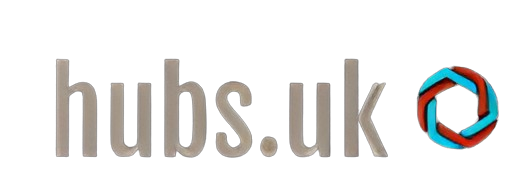Inquiry: Implementation of LLMs.txt in Website Development
Content: I am currently exploring the creation of LLMs.txt for my website. While online resources have proven inadequate, I am seeking guidance on how to effectively structure this file. Additionally, I am interested in understanding the impact of LLMs.txt on AI crawlers and content usage. I welcome any insight, experiences, and best practices that can be shared on this topic. Thank you.
Has anyone created an LLMs.txt file for their site?


2 responses to “Has anyone created an LLMs.txt file for their site?”
Creating a LLM (Link List Map) file for your website can be a valuable tool in ensuring that search engine crawlers can easily access and index your content. A LLM file provides a roadmap of all the URLs on your website, helping search engines understand the structure of your site and ultimately improve your SEO performance.
When creating a LLM file, it is essential to follow the guidelines set forth by search engines like Google. This includes properly formatting the file using XML syntax and including important metadata such as the last modified date of each URL. Additionally, it is important to regularly update and maintain your LLM file as your website changes and grows.
As for impact on AI crawlers and content usage, having a well-structured LLM file can help search engines better understand the hierarchy and organization of your website, leading to improved indexing of your content. This, in turn, can potentially increase your website’s visibility in search engine results and drive more organic traffic to your site.
In terms of best practices, it is recommended to regularly monitor and analyze the performance of your LLM file using tools like Google Search Console. This can help you identify any issues or errors that may be impacting your website’s visibility in search results and make necessary adjustments to optimize your LLM file.
Overall, creating and maintaining a LLM file for your website can be a valuable practice for improving SEO performance and ensuring that search engines can effectively crawl and index your content. By following best practices and regularly updating your LLM file, you can help boost your website’s visibility and drive more organic traffic to your site.
Great inquiry! The implementation of an LLMs.txt file can indeed be a pivotal step in managing how AI crawlers interact with your site. Structuring it effectively is key to ensuring that it delivers the desired results.
From my experience, it’s crucial to clearly outline which parts of your site you want to allow or disallow AI models from accessing. Here are a few best practices to consider:
1. **Clarity and Simplicity:** Keep the structure straightforward. Use plain language and avoid overly technical jargon. Make sure your directives are easy to understand for both humans and crawlers.
2. **Explicit Allow/Deny Directives:** Specify exactly which folders or types of content you want to guard. This includes not just your home page or blog post sections but any sensitive data you might have.
3. **Regular Updates:** As your site evolves, so should your LLMs.txt file. Regularly review it to ensure it still aligns with your content strategy and privacy guidelines.
4. **Monitor Impact:** After deploying your LLMs.txt file, keep an eye on how AI crawlers are interacting with your site. Tools like Google Search Console can help you monitor traffic and indexing changes.
5. **Engage with the Community:** Considering the evolving nature of AI regulations and best practices, participating in forums or groups focused on AI and web development can be invaluable for gathering insight and feedback.
By carefully crafting your LLMs.txt file, you can help safeguard your content while still allowing beneficial